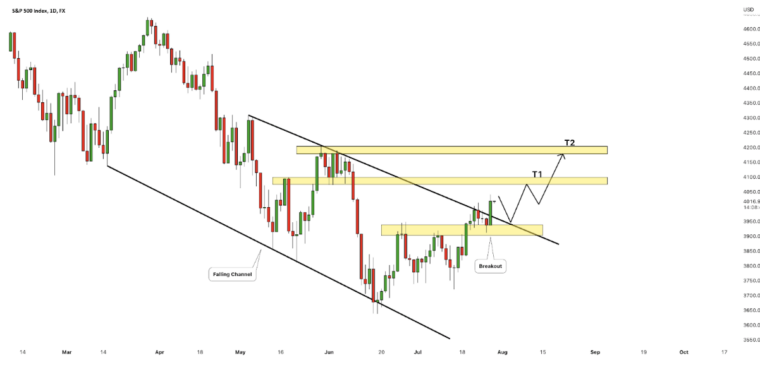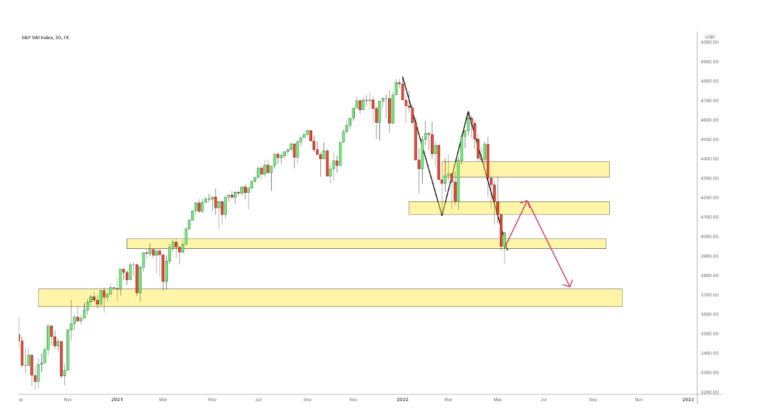What is the difference between SPX and SPY index?
In the cryptic realm of financial markets, two symbols, SPX and SPY, beckon like ancient riddles waiting to be unraveled. These seemingly analogous acronyms, however, reveal distinct facets within the intricate tapestry of U.S. stock market indices. To embark on an expedition into the depths of SPX vs. SPY options is to embark on a quest that transcends conventional wisdom. In this singularly distinctive article, we embark on an odyssey to demystify the nuances, dissect the intricacies, and unearth the hidden truths that set SPX and SPY apart.
The SPX vs. SPY Enigma:
Before delving into the heart of SPX vs SPY options, let us first grasp the essence of SPX and SPY.
SPX (S&P 500 Index): SPX serves as a portal into the heart of the U.S. stock market, housing the 500 most prominent publicly traded companies. It is the key that unlocks insights into the nation’s economic pulse, a cipher for the market’s ebb and flow.
SPY (SPDR S&P 500 ETF Trust): SPY, the enigmatic vessel, endeavors to mirror the enigmatic dance of the S&P 500. It holds within its embrace a basket of the same stocks that form the index, enabling investors to traverse the market’s maze with agility.
Diving Deeper into the Abyss:
To unveil the secrets of SPX vs. SPY options, we must traverse the treacherous waters of their differences:
Nature of the Beast:
SPX: SPX is a spectral entity, an index existing in the realm of concepts. It measures the performance of its constituent stocks but is not a tradable entity.
SPY: In stark contrast, SPY takes on corporeal form as an ETF. It seeks to mimic the S&P 500’s movements by holding a portfolio of the index’s stocks, making it a tangible trading instrument.

Dividend Divergence:
SPX: SPX, as an index, refrains from distributing dividends. It focuses solely on tracking the price performance of its component stocks.
SPY: SPY, in its ETF guise, delivers dividends to its shareholders based on the dividends received from the underlying stocks. It offers investors the potential for income through dividends.
Navigating Liquidity Labyrinths:
SPX: SPX options wade through narrow trading hours on the Chicago Board Options Exchange (CBOE), potentially resulting in lower liquidity compared to SPY.
SPY: The ETF form of SPY enjoys the luxury of higher liquidity. It sails through regular market hours and explores pre-market and after-hours sessions, making it a beacon for active traders.
Expense Extrications:
SPX: As an index, SPX eludes the concept of an expense ratio. Investors seeking exposure to SPX do so through diverse financial instruments, some bearing their own costs.
SPY: SPY, as an ETF, shoulders an expense ratio covering the annual fees associated with fund management. This ratio is typically moderate and facilitates the administration of the ETF.
The Abyss Explored: SPX vs. SPY Options:
Venturing into the abyss of options trading, we uncover the intricacies that set SPX vs. SPY options apart:
Underlying Enigmas:
SPX Options: SPX options forge an intimate connection with the S&P 500 Index itself. Each SPX option contract encapsulates a stake in the index, not the individual stocks.
SPY Options: In contrast, SPY options derive their existence from the SPY ETF, which cradles the underlying stocks of the S&P 500. Each SPY option contract extends the right to trade shares of the ETF.
Settling the Mysteries:
SPX Options: SPX options tread the ethereal path of cash settlement. Upon expiration, they transform into cash, bypassing the need for physical delivery of the underlying index.
SPY Options: SPY options partake in the corporeal ritual of physical settlement. In the event of option exercise, the holder engages in the exchange of SPY ETF shares, depending on whether it’s a call or put option.
Contract Conundrums:
SPX Options: SPX options often manifest in larger contract sizes, dwarfing the notional value of their SPY counterparts.
SPY Options: Rooted in the ETF, SPY options represent a fraction of the S&P 500. This accessibility makes them more inviting to retail traders in terms of contract size and cost.
Tax Tales:
SPX Options: The tax consequences of gains and losses from SPX options may take unexpected turns due to their cash settlement mechanism, necessitating the counsel of tax experts.

Choosing Your Path:
The choice between SPX and SPY options is a reflection of your objectives, resources, and risk tolerance. Here are scenarios to help chart your course:
- Portfolio Guardianship: SPX options serve as sentinels for portfolio protection, offering broad market exposure for those bracing against market downturns.
- Ample Capital: Investors wielding substantial capital may gravitate toward SPX options, ideal for substantial hedging or speculative ventures.
- Specific Equity Exposure: Traders seeking a more intimate connection with individual S&P 500 stocks may be drawn to the allure of SPY options.
- Accessibility: Retail traders, especially those with more modest capital, will find SPY options accessible due to their smaller contract sizes and lower notional value.
- Tax Efficiency: Given the unique tax implications, it’s crucial to consider your options carefully, whether they lean toward SPX’s cash settlement or SPY’s physical settlement.
In Conclusion: Navigating the Abyss
In the labyrinthine world of finance, the mysteries of SPX vs. SPY options await those with the courage to seek knowledge beyond the ordinary. As you traverse these arcane realms, you unlock the secrets of enigmatic financial instruments, paving the way for informed and strategic trading decisions. The journey, illuminated by a torch of uniqueness, not only deciphers the enigma but also unveils the path to success within the domains of SPX and SPY.
